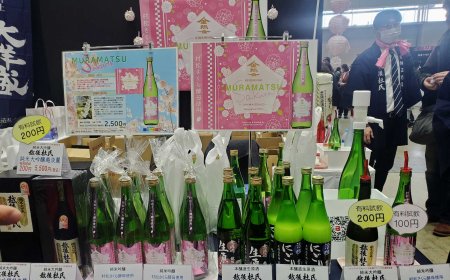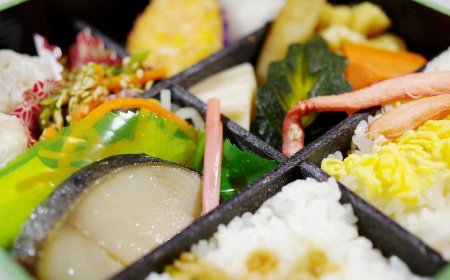Ramen: Delicious Japanese Culture in a Bowl
Each bowl of ramen tells a story of regional flavors and unique traditions. From the light shio to the hearty tonkotsu, explore the delicious diversity that makes ramen a true Japanese cultural icon.
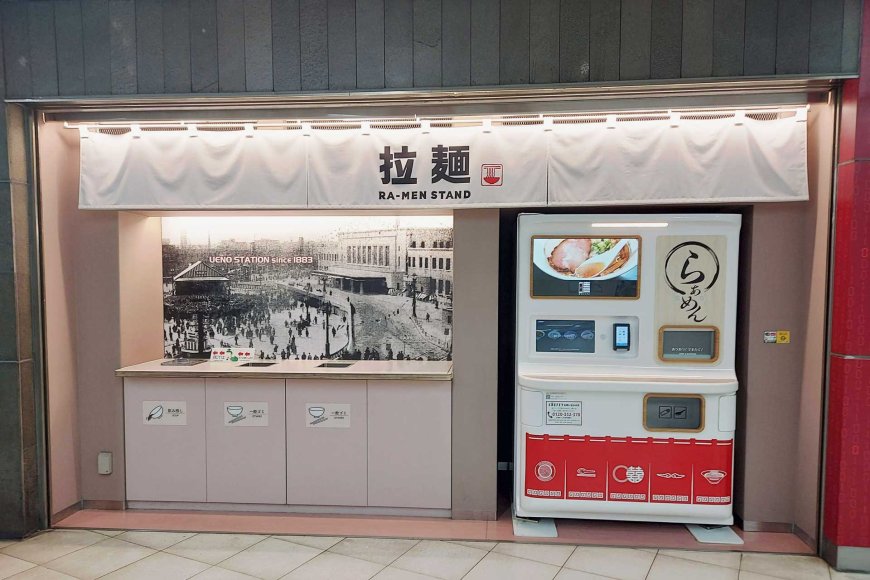
Regional Delights and Varieties
Ramen, a humble bowl of noodles, has transcended its origins to become a cultural icon in Japan. What started as a simple dish has evolved into a symbol of Japanese culinary artistry, with numerous regional varieties and a plethora of toppings.
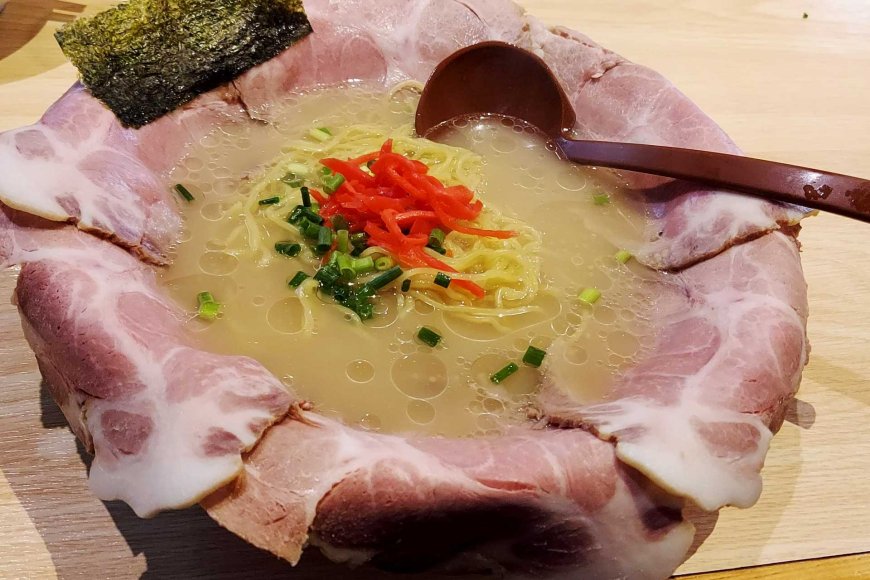
The Essence of Ramen
Ramen’s journey to cultural prominence in Japan is a tale of adaptation and innovation. Introduced from China in the early 20th century, ramen quickly became a staple of Japanese cuisine. It is traditionally made with wheat noodles served in a meat or fish-based broth, often flavored with soy sauce or miso, and garnished with various toppings such as sliced pork, nori (seaweed), menma (bamboo shoots), and scallions. Over the decades, ramen has evolved into a dish with countless variations, each reflecting the local tastes and culinary practices of different regions in Japan.
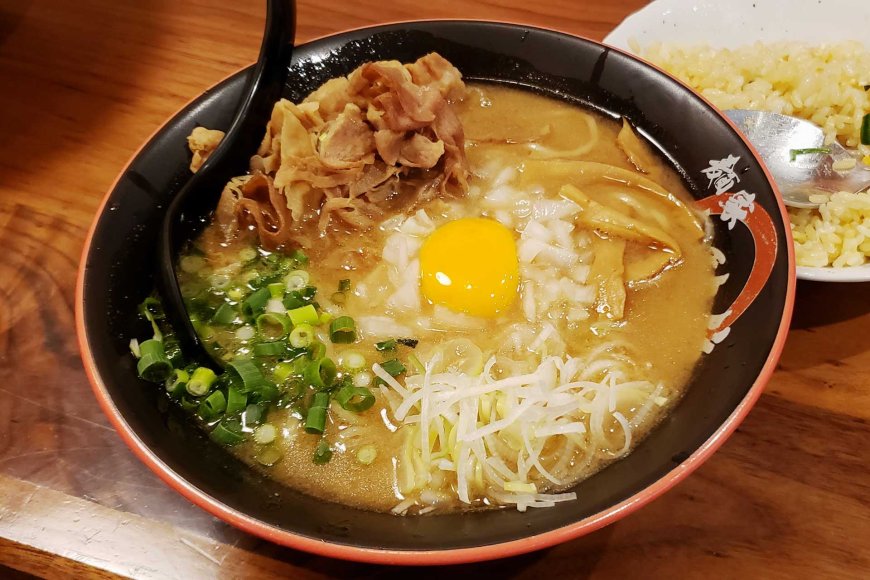
Shio Ramen: The Purest Form
Shio ramen, or salt ramen, is often considered the purest form of ramen. The broth is typically clear and light, made primarily from chicken or seafood, with salt being the primary seasoning. This type of ramen allows the natural flavors of the ingredients to shine through, offering a delicate and subtle taste that is both refreshing and satisfying.
Shio ramen is commonly associated with Hakodate in Hokkaido, where it is a popular local specialty. The clear broth is often garnished with simple toppings like chashu (braised pork belly), kamaboko (fish cake), and fresh vegetables. The emphasis on simplicity and balance in shio ramen highlights the Japanese culinary principle of “umami,” the savory taste that enhances the overall flavor profile of the dish.
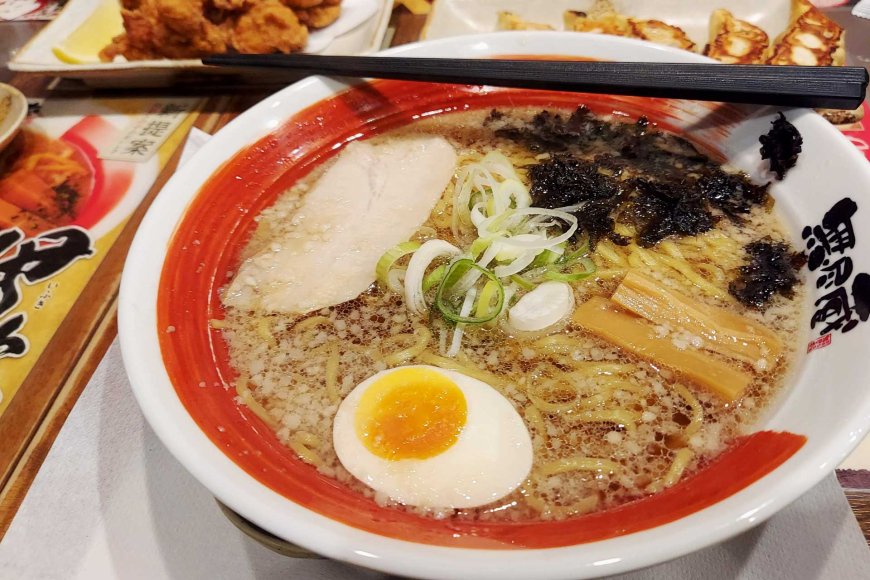
Shoyu Ramen: The Soy Sauce Sensation
Shoyu ramen, flavored with soy sauce, is one of the most popular and widely consumed varieties in Japan. The broth is typically darker and more robust than shio ramen, with a slightly tangy and savory flavor that comes from the soy sauce. Shoyu ramen often features a combination of chicken, pork, or fish-based broth, creating a rich and complex taste.
Originating from Tokyo, shoyu ramen has become a national favorite. It is usually topped with sliced pork, menma, nori, and a soft-boiled egg. The deep, umami-rich broth is complemented by the savory soy sauce, making it a comforting and hearty meal. The versatility of shoyu ramen allows for numerous regional variations, each adding its own unique twist to the classic soy sauce base.
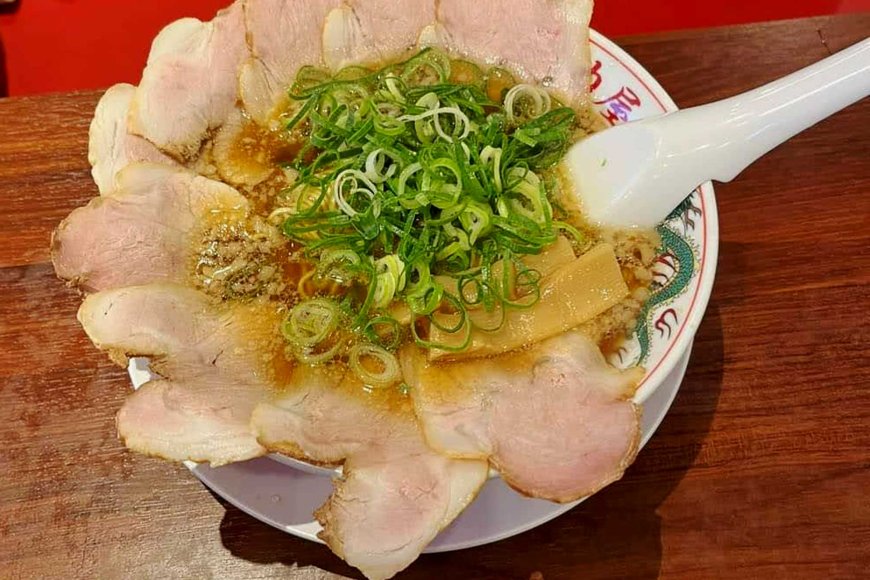
Miso Ramen: The Fermented Flavor
Miso ramen, made with fermented soybean paste, is a relatively modern addition to the ramen family. The broth is thick, rich, and slightly creamy, with a deep, savory flavor that is distinctively different from shio and shoyu ramen. The use of miso paste adds a complex layer of umami, with a hint of sweetness that makes miso ramen uniquely satisfying.
Hokkaido is renowned for its miso ramen, particularly in the city of Sapporo, where it was first developed in the 1960s. The hearty miso broth is often paired with thick, curly noodles and topped with ingredients like corn, butter, bean sprouts, and ground pork. This combination creates a filling and flavorful dish that is perfect for the cold winters of Hokkaido. The popularity of miso ramen has since spread across Japan, with each region offering its own interpretation of the miso-based broth.
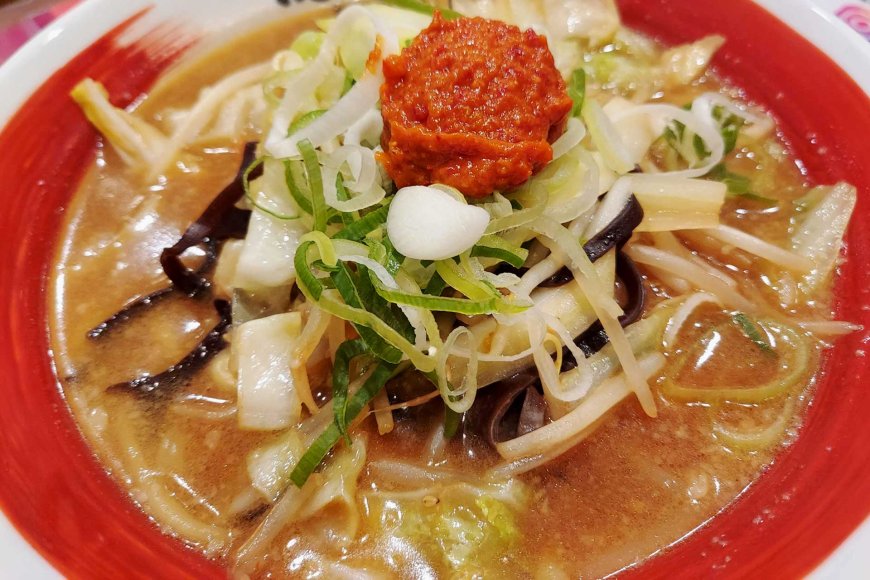
Tonkotsu Ramen: The Creamy Delight
Tonkotsu ramen, characterized by its creamy and rich pork bone broth, is a beloved variety that hails from Kyushu, specifically Fukuoka. The broth is made by simmering pork bones for hours, resulting in a thick, milky-white soup that is incredibly flavorful and satisfying. The collagen released from the bones during the cooking process gives the broth its characteristic creamy texture and rich taste.
Tonkotsu ramen is typically served with thin, straight noodles and topped with chashu, kikurage (wood ear mushrooms), green onions, and pickled ginger. The intense flavor and velvety texture of the broth make tonkotsu ramen a deeply comforting and indulgent dish. Its popularity has grown beyond Kyushu, with tonkotsu ramen shops found throughout Japan and around the world.
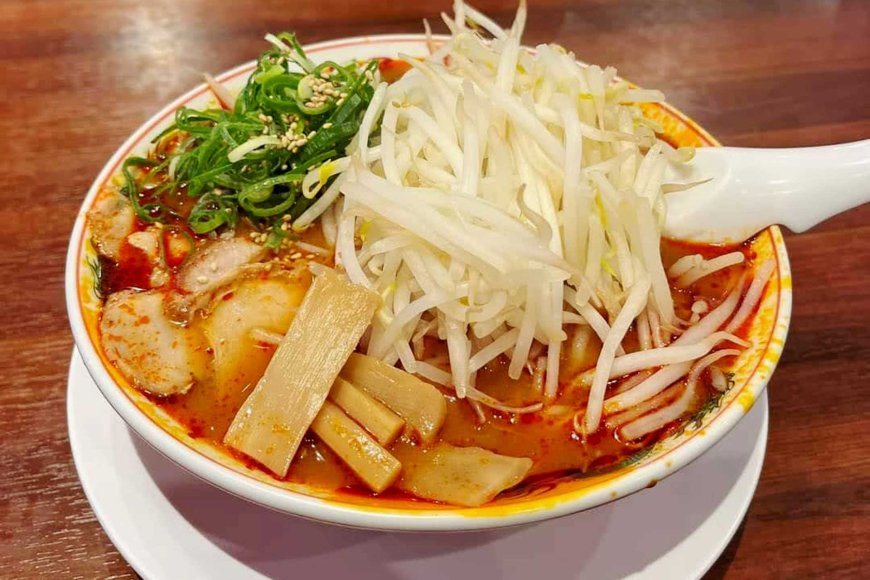
Regional Varieties and Toppings
One of the most fascinating aspects of ramen is its regional diversity. Each region of Japan has developed its own unique style of ramen, often influenced by local ingredients and culinary traditions. For example, Kitakata ramen from Fukushima features a soy sauce-based broth with thick, flat noodles, while Hakata ramen from Fukuoka is known for its rich tonkotsu broth and firm, thin noodles.
Toppings also vary widely, adding to the endless variety of ramen. Common toppings include chashu, menma, nori, boiled eggs, and scallions. Regional specialties might include local vegetables, seafood, or even unconventional ingredients like cheese or butter. These toppings not only enhance the flavor and texture of the ramen but also reflect the creativity and innovation of ramen chefs.
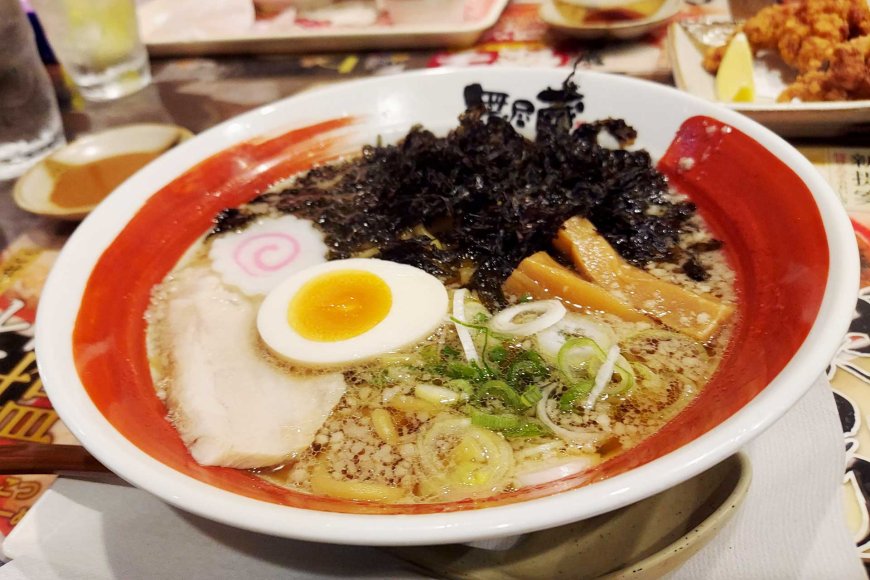
A Culinary Journey Through Japan’s Rich Traditions and Unique Flavors
Ramen is more than just a dish; it is a cultural icon that embodies the essence of Japanese culinary tradition. Whether it’s the light and delicate shio ramen, the robust and savory shoyu ramen, the rich and earthy miso ramen, or the creamy and indulgent tonkotsu ramen, each variety offers a unique taste experience. The regional diversity and wide range of toppings further enrich the ramen experience, making it a beloved and iconic part of Japanese culture. As ramen continues to evolve and gain popularity worldwide, it remains a testament to the art of Japanese cuisine and the endless possibilities of culinary creativity.
Find Cheap Flight Tickets to any Destinations in Japan and the Philippines
Nipino.com is committed to providing you with accurate and genuine content. Let us know your opinion by clicking HERE.



















































